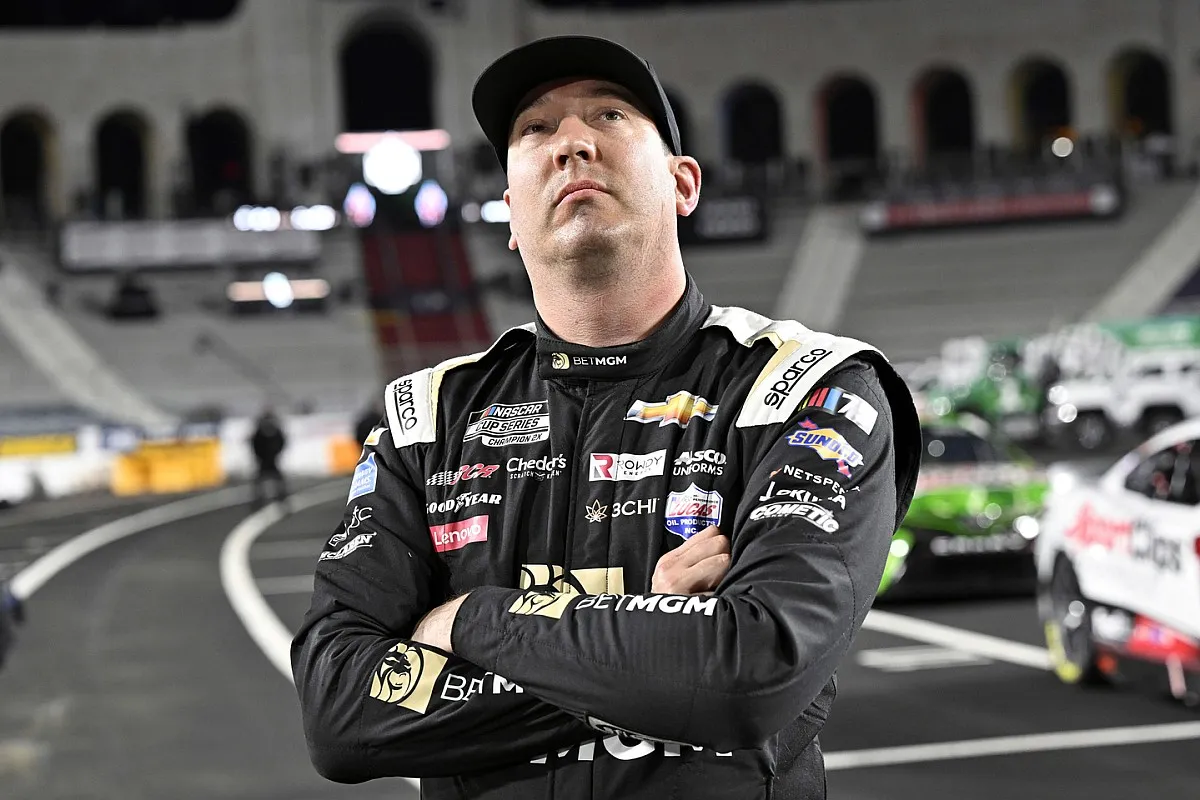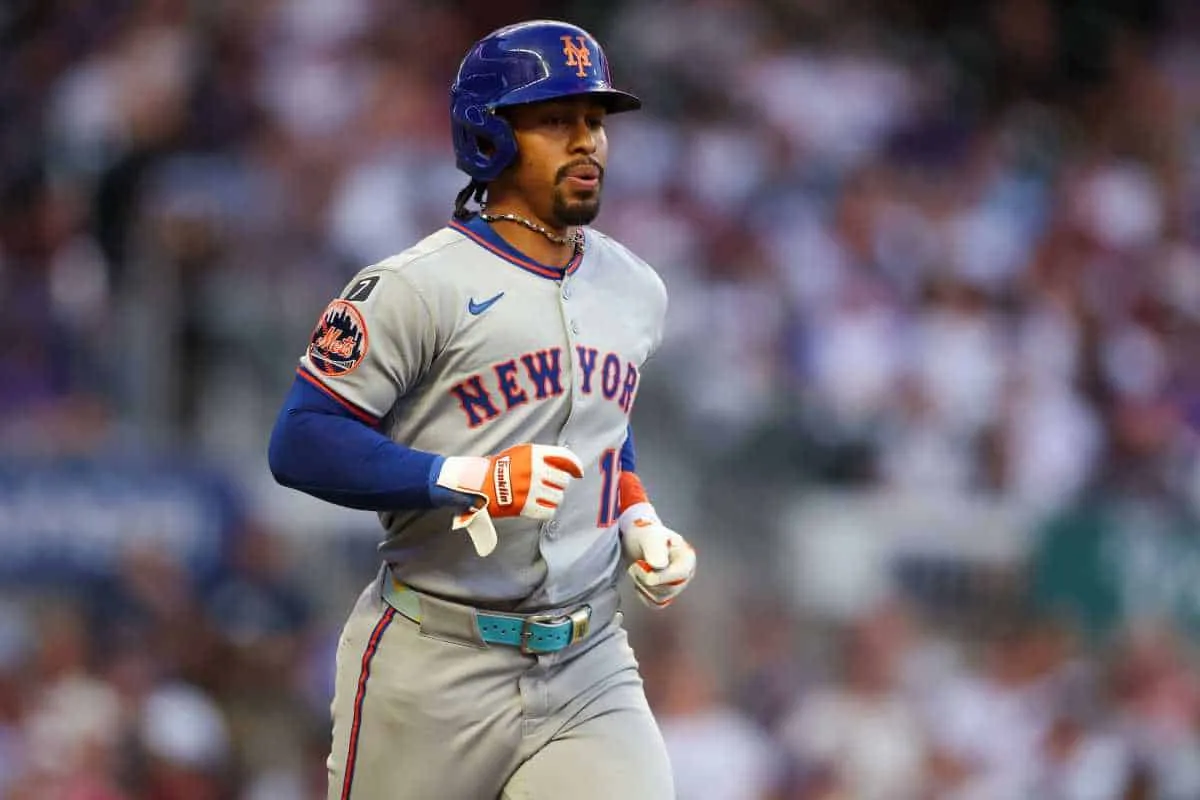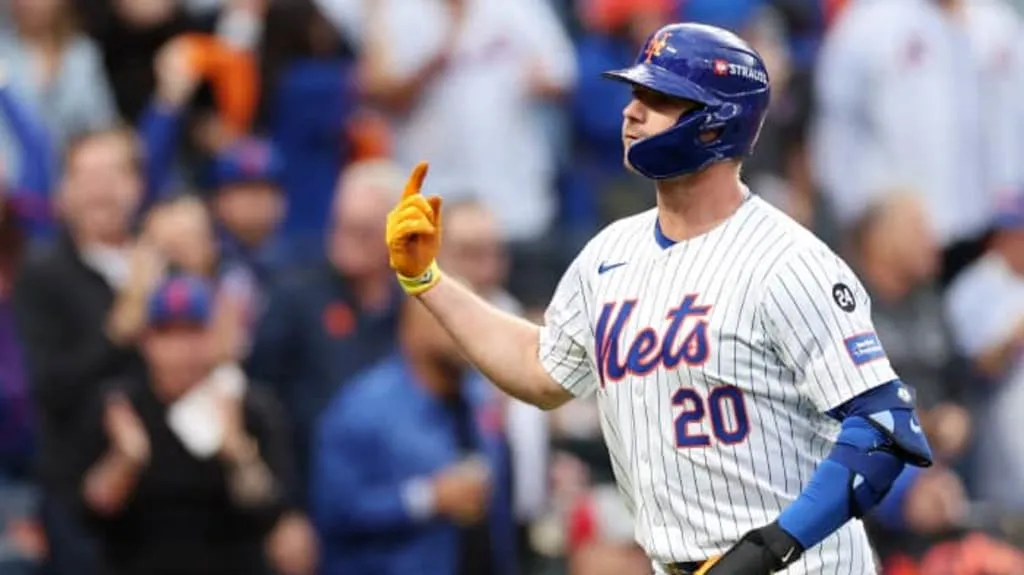
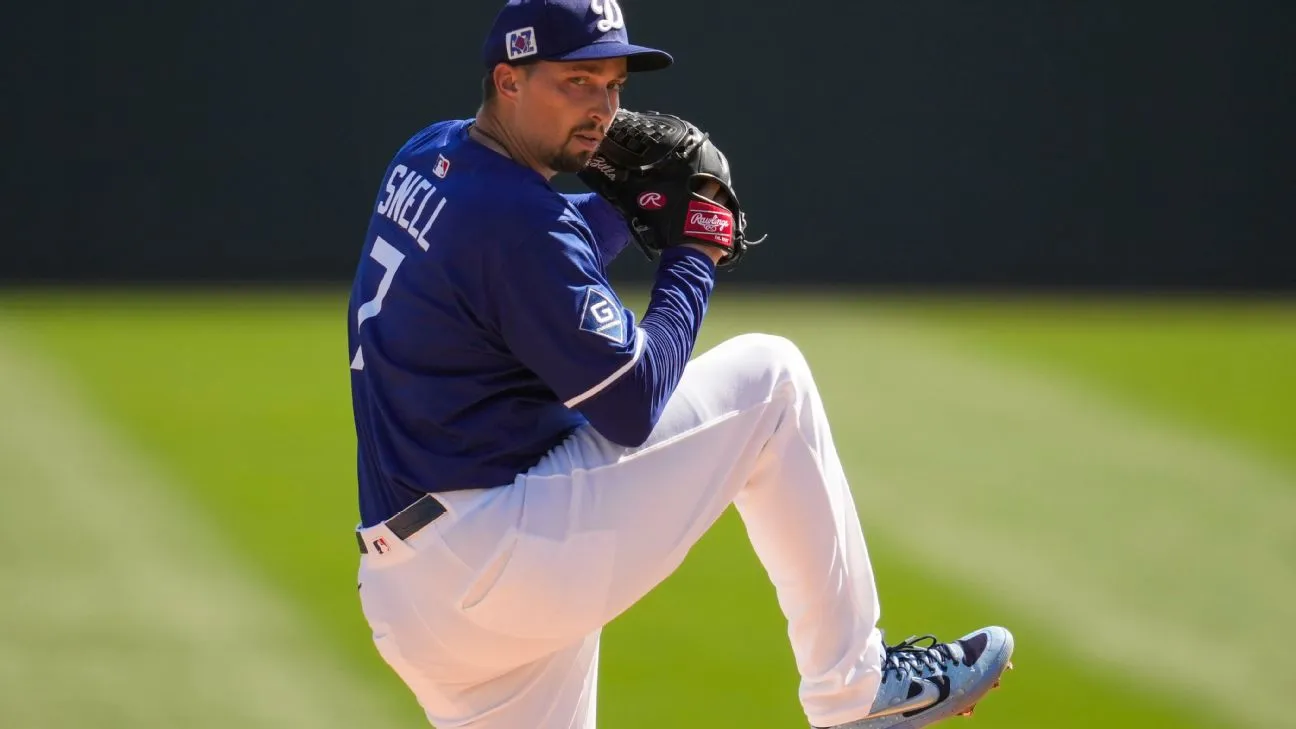
Check Swing or Robbery? Blake Snell’s Strikeout on Hyeseong Kim Has Fans Fuming
In the latest flashpoint of the ongoing conversation about MLB umpiring controversies, a single moment in a tightly contested game between the San Francisco Giants and the San Diego Padres has ignited a firestorm on social media and among baseball purists. That moment? Blake Snell’s check-swing “strikeout” of Hyeseong Kim, a call that has divided fans, baffled analysts, and raised familiar questions about human error in officiating.
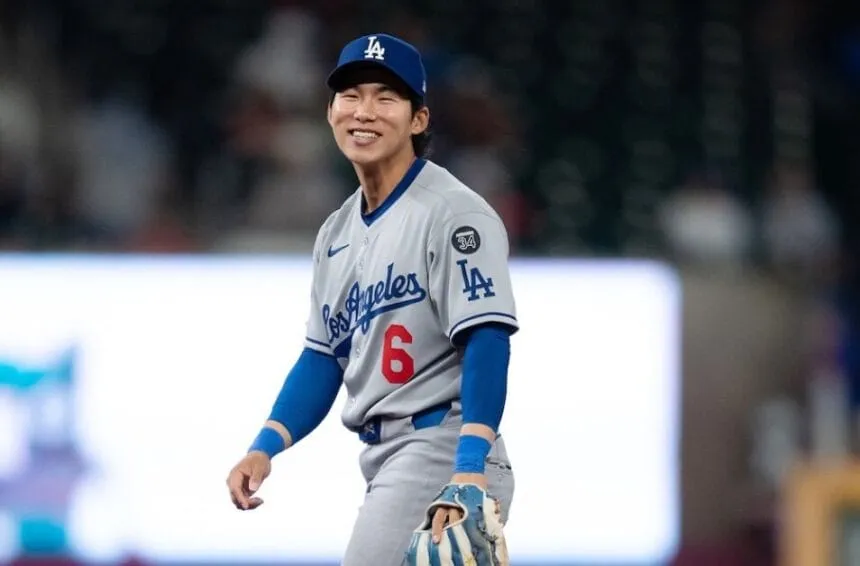
This wasn’t just any at-bat. It occurred in the bottom of the seventh inning, with the Padres trailing by a run, a runner on second, and momentum hanging by a thread. With a full count and two outs, Snell delivered a high fastball, and Kim made what appeared to be an attempt to hold back his swing. Home plate umpire Jordan Baker didn’t make a move. Instead, the appeal was sent to the first base umpire, who, with a quick and confident gesture, called Kim out on strikes. Just like that, the inning was over.
The stadium erupted—not in applause, but in protest. Kim, usually composed and reserved, turned with disbelief, mouthing “No way!” before walking slowly back to the dugout. Fans booed. Commentators hesitated, trying to make sense of the moment before replays confirmed what many suspected: Kim had not clearly broken his wrists, nor did the bat seem to cross the front of the plate. From every angle, it looked like a textbook check swing.
The Check Swing Controversy
To the casual viewer, the check swing rule is one of baseball’s murkiest gray areas. Unlike balls and strikes, there is no clearly defined boundary in the official rulebook that determines whether a batter has swung or checked. It’s left to the discretion of the umpire. The rule states that a swing is “an attempt to strike at the ball,” but what that looks like in real-time can vary wildly based on angle, momentum, and perception.
In Kim’s case, the replay showed a smooth, controlled motion in which he held the bat back just shy of crossing the plate. By traditional standards, that should not have been ruled a swing. But in the heat of a pivotal at-bat, and with one glance from the first base umpire, it became the final out.
The issue here is not just about one bad call—it’s about consistency, or the lack thereof. With no technological standard to measure whether a check swing has occurred, each decision feels like a coin flip. For teams fighting for playoff spots, such randomness isn’t just frustrating—it’s potentially devastating.
Blake Snell’s Dominance and Its Shadow
It’s worth noting that Blake Snell, the 2023 NL Cy Young Award winner, had been dealing all game. With his signature fastball-slider combination, he kept Padres hitters off balance, striking out nine over six and two-thirds innings. His command was excellent, his pitch count efficient, and his intensity obvious.
But even Snell’s supporters had to admit that the final strikeout didn’t sit right. When asked postgame about the call, Snell responded with a diplomatic shrug, saying, “Calls go both ways. That’s just baseball.” But behind the scenes, the Padres clubhouse told a different story. Players and coaches spoke off the record about how “deflating” the moment was, how they’d “felt the shift” of the game only to have it yanked away by a judgment call.
As much as Snell’s performance was impressive, the ending left a bitter aftertaste. One of the biggest challenges in professional sports is ensuring that greatness is not overshadowed by officiating controversy. Unfortunately for Snell, despite his brilliance, the spotlight shifted from his pitching to the umpire’s raised arm.
Hyeseong Kim: The Unlikely Center of Debate
For Hyeseong Kim, the moment was crushing. The Korean infielder has steadily become one of the most dependable contributors in the Padres lineup. Known for his slick defense and patient plate approach, Kim represents the modern hitter who values discipline, on-base percentage, and strategic at-bats.
To see Kim rung up on a call that many feel he earned the benefit of the doubt on felt especially unjust. Social media was ablaze almost immediately. Korean baseball fans, in particular, flooded Twitter (X) and Instagram with side-by-side comparisons of similar swings that had gone uncalled in other games.
ESPN’s Jeff Passan tweeted, “This is exactly why we need a clearer standard for check swings. That wasn’t a strikeout, that was a theft.”
Meanwhile, Reddit threads analyzed frame-by-frame footage of the swing, creating heat maps and bat path angles. What became clear in all the digital noise was a fundamental truth: no one really knows what a check swing is supposed to look like anymore.
MLB’s Reluctance to Modernize
This isn’t the first time Major League Baseball has come under fire for its handling of borderline calls. Over the last decade, there has been a growing movement to implement automated strike zones and challenge systems for questionable calls. Yet the check swing remains one of the last untouched elements of the human element in baseball.
The reluctance to adopt technology stems from a romantic ideal: the belief that baseball is a game of imperfection, that its beauty lies in its unpredictability. But in moments like this, that philosophy is tested. When a playoff race might hinge on a call that is neither reviewable nor measurable, it’s difficult for fans—or players—to simply accept it as “part of the game.”
Calls for robot umps have never been louder. Some analysts propose a simple fix: allow managers to challenge check swing calls in critical situations. Others suggest installing motion-tracking technology that can detect whether the bat crosses a virtual plane. Even a visual overlay system on broadcasts could help hold umpires accountable in real time.
Fan Reactions and the Fallout
Fan reaction to the moment was immediate and overwhelming. Within an hour, “#CheckSwingGate” was trending on X. Memes, slow-motion replays, and angry rants flooded the timeline. Padres fans expressed heartbreak and disbelief, while Giants fans—though thrilled with the win—admitted the call was questionable at best.
The most viral clip was from a fan in Section 128 who caught Kim’s reaction on a phone camera. The zoomed-in shot showed his quiet, almost meditative protest—shoulders slumped, eyes locked on the umpire, lips pursed. It wasn’t explosive, but it was heartbreaking. That expression has since become a symbol for the perceived injustice of the call.
On local sports radio, hosts debated whether this was just another blip in a long season or a symbol of something broken. One caller noted, “This game felt stolen. And not by the Giants—but by the umpires.”
Baseball’s Trust Problem
Incidents like this create more than just one night of online anger—they erode trust in the integrity of the game. When fans feel like outcomes are dictated by the fallibility of officiating rather than the skill of athletes, interest wanes. The sport that once prided itself on tradition may find that tradition is costing it credibility.
Younger fans, especially, are less forgiving. In an era where other sports like tennis and soccer have adopted video replay technology and virtual officiating tools, baseball’s resistance feels increasingly out of step. If every broadcast can show you that a call was wrong in seconds, why can’t the league act on it?

The check swing call on Kim may not have determined the entire season, but it contributed to a narrative that MLB cannot afford to ignore any longer.
Looking Ahead
As the Padres regroup and the Giants celebrate a hard-fought win, the discourse continues. Fans will move on, teams will refocus, and the playoff chase will rage forward. But the memory of this moment won’t fade quickly.
Blake Snell will likely be back on the mound next week, spinning strikeouts and adding to his legacy. Hyeseong Kim will take his next at-bat with the same calm discipline that has defined his career. But somewhere in the stands, or online, a fan will bring up that swing—and ask the question that has no good answer:
Was it really a swing? Or was it robbery?
Until MLB decides to bring clarity to the chaos, that question will haunt more games, more players, and more fans. Because in the end, what baseball needs isn’t just tradition or drama. It needs fairness—and the courage to modernize in pursuit of it.








